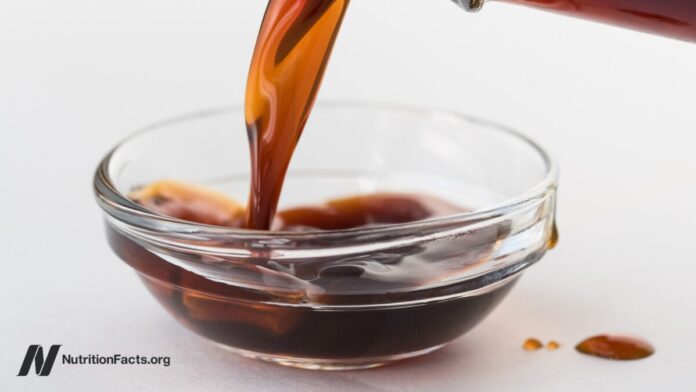For years, researchers have known about the presence of chlorohydrins, specifically 3-MCPD, in various food products. While often overlooked, the presence of this contaminant in everyday staples raises questions about potential health risks and the adequacy of current safety standards.
What is 3-MCPD and How Does It Get Into Our Food?
3-MCPD is a toxic compound that forms during food processing, particularly when high heat, pressure, and hydrochloric acid are used. This often happens during the production of hydrolyzed vegetable protein (HVP) – a key ingredient in seasonings like Bragg’s Liquid Aminos and soy sauce – used to enhance flavor through the breakdown of proteins into amino acids. Crucially, 3-MCPD forms when residual fat is exposed to these harsh processing conditions.
Beyond HVP, 3-MCPD also contaminates refined cooking oils. During the deodorization and bleaching processes, these conditions also facilitate its formation. Because oils are fundamental ingredients across the food industry, this means 3-MCPD can be found in a surprisingly wide range of foods.
The Health Concerns and Regulatory Landscape
The primary health concern associated with 3-MCPD revolves around potential kidney damage and fertility issues. While long-term studies on humans are lacking, animal studies have revealed adverse effects, even leading to the compound being explored (and quickly abandoned) as a potential male contraceptive due to unacceptable side effects in primates.
To establish safety levels in the absence of human data, regulatory bodies rely on a process called the “lowest observed adverse effect level (LOAEL).” This involves taking the lowest dose in animal studies that causes harm (like kidney damage), adding a safety factor, and deriving an “estimated tolerable daily intake (TDI).”
Europe has established a regulatory limit of 20 parts per billion (ppb) of 3-MCPD in HVP products, a far stricter standard compared to the U.S. guidance level of 1,000 ppb. This difference highlights the varying approaches to food safety regulation across different regions.
3-MCPD in Bragg’s Liquid Aminos and Beyond
Recent testing revealed that Bragg’s Liquid Aminos comfortably meets U.S. standards for 3-MCPD but falls short of European standards. Despite requests for transparency, Bragg’s declined to share the specific test results.
It’s important to note that 3-MCPD isn’t limited to just liquid aminos or soy sauce. It’s a widespread food contaminant, as demonstrated by an Italian study that found 100% of participants tested positive for the compound or its metabolites. The wide range of its presence reflects its formation during the refining and processing of oils and fats.
Consequently, 3-MCPD can be found in:
- Margarine
- Baked goods
- Pastries
- Deep-fried foods
- Fatty snacks (potato and corn chips)
- Infant formula
The levels detected are often startling. For example, donuts can contain over 1,200 ppb, salami more than 1,500 ppb, ham nearly 3,000 ppb, and French fries in excess of 6,000 ppb.
Who Needs to Worry?
For most people, the risk posed by 3-MCPD is relatively low. However, frequent consumers of fried foods should be aware of the potential exposure. A person weighing approximately 150 pounds consuming 116 grams of donuts (about two donuts) could exceed the European Food Safety Authority’s TDI. The same limit-blowing amount of 3-MCPD can be found in only five French fries.
While long-term human studies on 3-MCPD are needed, the current evidence suggests that excessive consumption of fried foods warrants cautious awareness.
Ultimately, while 3-MCPD contamination is a concern, a balanced diet and moderation, especially with processed and fried foods, remains the best approach to minimizing potential risks























